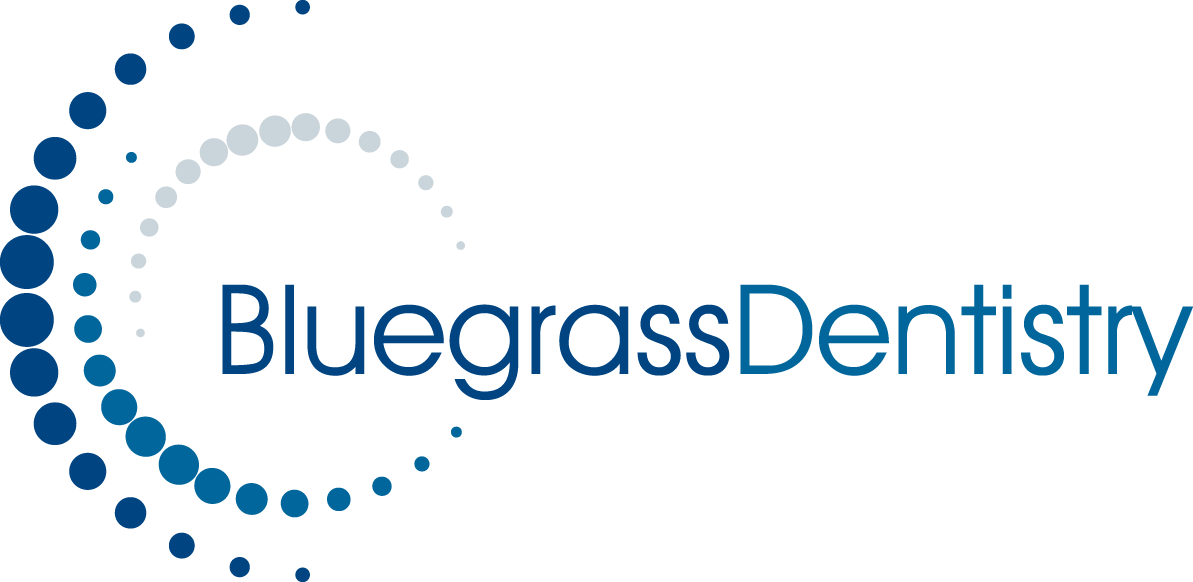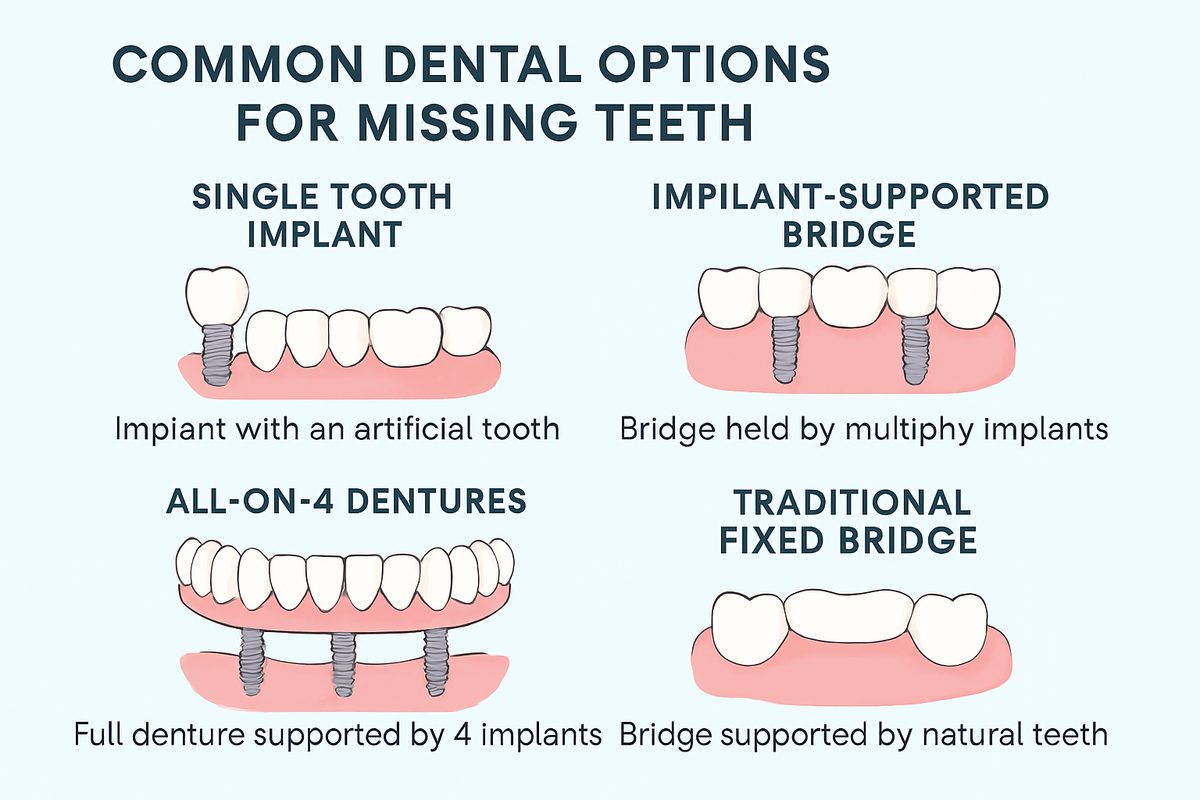If you have lost one or more teeth, this guide lays out clear, practical dental options for missing teeth to help you choose the right path. It’s for anyone weighing cost, timeline, and long-term results and who wants straightforward explanations of common solutions.
Common dental options for missing teeth
Single-tooth dental implant
A titanium post is placed in the jaw and later fitted with a crown. Timeline: 3–6 months from implant to final crown. Closest match to a natural tooth for function and appearance.
Implant-supported bridge
Used when several adjacent teeth are missing. Fewer implants support a bridge of crowns. Conserves bone and feels more stable than a traditional bridge.
All-on-4 / full-arch implant prosthesis
Four or more implants support a full row of fixed teeth, often placed the same day. Ideal for patients needing a full-arch replacement who want immediate function.
Traditional fixed bridge
A non-removable option that uses neighboring teeth as anchors. Faster and less costly up front than implants but requires altering healthy teeth and may not prevent bone loss.
Removable partial or full dentures
Lower-cost, quicker solution. Dentures restore appearance and basic chewing but need daily care, periodic relines, and may feel less stable than implant options.
Who is a good candidate for each dental option for missing teeth
Bone volume & gum health
Enough bone and healthy gums favor implants. Long-term tooth loss can cause bone loss; some patients need bone grafts or advanced implants to qualify.
Medical history & lifestyle
Smoking, uncontrolled diabetes, certain meds, and poor oral hygiene can affect healing and implant success. Dentures or bridges may be recommended if risks are high.
Budget, timeline, and goals
Decide if you want a permanent solution (implants) or a quicker, lower-cost option (dentures/bridges). Consider time off work and what you want for long-term function.
What to expect during treatment
Consultation and imaging
Expect an exam with X-rays or a 3D CBCT scan to map bone and plan treatment precisely.
Surgery and healing phases
Implant surgery is often outpatient with local or IV sedation. Healing can take weeks to months; guided surgery shortens recovery and improves accuracy.
Restoration and follow-up care
After healing, crowns or prosthetics are attached. Regular checkups, good oral hygiene, and occasional maintenance keep restorations lasting for years.
Pros, cons, and long-term maintenance
Implants: high durability, better chewing, and bone preservation but higher upfront cost and longer timeline. Bridges: lower initial cost but can stress adjacent teeth. Dentures: lowest cost but more maintenance and less stability. Ask about warranties, expected lifespan, and financing options.
Advanced solutions when bone is limited
Bone grafting and sinus lifts
Grafts rebuild lost bone to support implants. Sinus lifts raise the sinus floor for upper-back implants. Recovery varies from weeks to months.
Zygomatic and pterygoid implants
Longer implants anchored in cheek or skull bone. Used when jawbone is too thin for standard implants and can avoid extensive grafting.
How to choose the right option: questions to ask your dentist
Ask about the dentist’s implant experience, success rates, use of 3D imaging and guided surgery, whether all phases are done under one roof, clear pricing, and aftercare plans. Red flags: vague costs, no 3D imaging, or unclear follow-up.
Why patients choose Bluegrass Dentistry for dental options for missing teeth in Lexington, KY
Bluegrass Dentistry, led by Dr. Seth Chambers, focuses on full-mouth implant care with 3D CBCT, guided surgery, digital smile previews, and in-house restorations. They offer same-day teeth, zygomatic implant solutions for severe bone loss, and all-inclusive pricing that covers sedation, grafting, and surgery.
Next steps / Call to action
Schedule a consult for a 3D scan and digital smile preview to compare options, timelines, and financing. A clear plan makes choosing the right dental options for missing teeth easier and less stressful.




